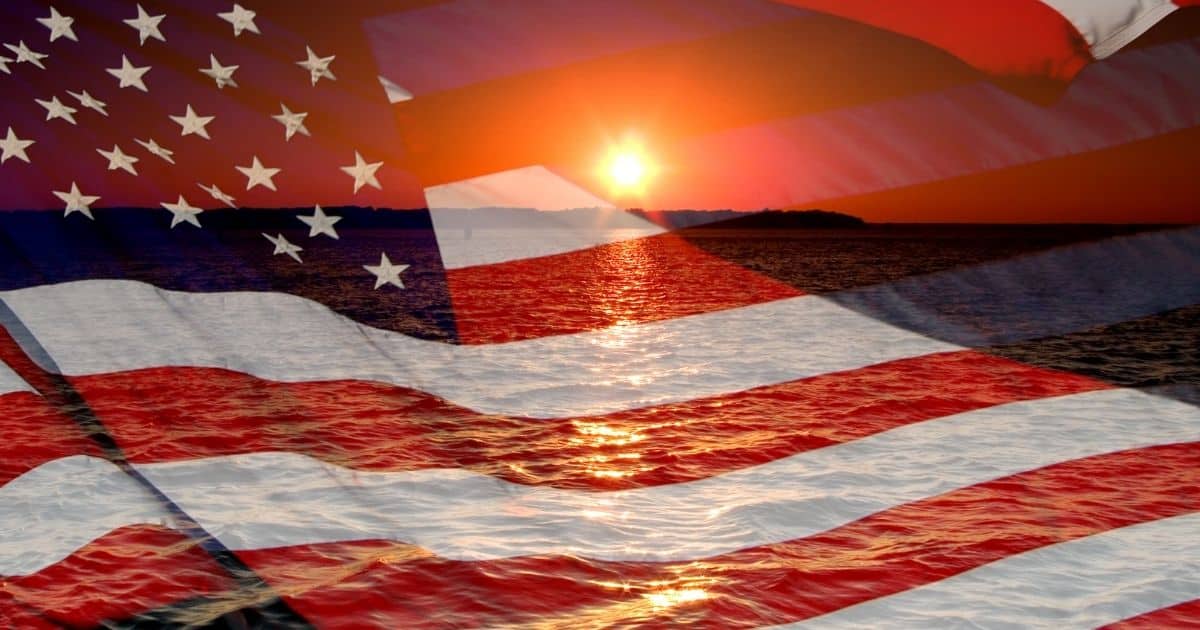For people with hearing loss, nature is a different experience than for the ‘hearing people’.
For us, many outdoor sounds – rustling, whistling, babbling, chirping and whatnot – don’t travel successfully through our auditory system.
Traveling with Hearing Loss
 On a recent hike at the Pinnacles, our favorite California park, the Hearing Husband and I came across a sign that said “Stop! Listen! What Do You Hear?”
On a recent hike at the Pinnacles, our favorite California park, the Hearing Husband and I came across a sign that said “Stop! Listen! What Do You Hear?”
Jeez, I thought, don’t I get enough of this at the audiologist’s?
We dutifully stopped to do what the sign said (a Canadian trait). I didn’t hear much besides my own breathing, but Doug was cocking his head all over the place, presumably hearing things, neat things. Around the bend was an earnest young park ranger, with a display chart on an easel showing various nature things. He wanted to talk to us about “soundscapes” which are all the sounds that are connected with a particular location. He asked the small group of hikers to, once again, listen intently.
After about 10 seconds of unbearable silence, I asked, “Excuse me, could you give me a clue as to what I’m supposed to be hearing? It’s not my strong point – I have hearing loss.”
The wind. Birds. Water rapids. Leaves rustling. Or perhaps, a bunny hopping, a deer foraging or a snake slithering. All these and more make up the environmental soundscape of this park, said the young man. “Thank you very much, goodbye,” said I.
I mean, it was interesting, but even with one cochlear implant and one hearing aid, I just don’t hear the way others do, especially if sounds are all happening at the same time. With my CI, I hear high frequency sounds much better than before, but a birdie hopping around in the bushes sounds the same as a small creature flopping about under the bushes. And I would hear those only if I’d stopped walking, because my CI has cranked up the volume on the sound of stones and earth crunching beneath hiking boots and walking poles.
In another state, I had a different ‘hearing’ problem. Before making the climb at the fascinating Gila Cliff Dwellings National Park in New Mexico, we watched a short video about the 14th century inhabitants. No captioning. The ranger was very apologetic and promised to order a captioned video from the National Park Service, but chances were slim it would arrive in the next hour.
At the other end of spectrum, the national park at the amazing Carlsbad Caverns had captioning on all display videos. It also had a phone-like audio guide offering commentary throughout the two-hour cavern trek.
“Does this audio guide have telecoil?” I asked the customer service person.
“I don’t know what that is, nobody’s asked me that before,” she said.
“It connects with my hearing aids so I can understand the commentary.”
“I don’t know, I just started working here.”
“May I please just try it?!”
Prying the guide from her fingers, I turned on my T-switch and voila! A clear voice told me about the enchanting stalactites and stalagmites I was about to see. Down in the caverns – and I mean walking way down, 750 feet at a 45-degree angle – we were all on a level playing field of silence; we were asked not to speak or to speak softly in order to preserve the fragile environment. It was easy not to talk, because our mouths were hanging open in awe.

The Hearing Husband and I have been doing a lot of desert hiking on our current camping trip in California, Arizona and New Mexico. Hiking is one of my favorite sports and hearing loss doesn’t hold me back.
On walks and climbs through the rocks, yucca and chaparral, he keeps close to me because there are rattlesnakes in ‘them thar hills’ and he worries that I won’t hear the hissy-rattling. But keeping a sharp eye out along with the high frequency ability of my CI speech processor will, hopefully, protect me from that particular danger. I’ll let you know if things don’t work out.
But let me tell you, America – you’re beautiful to hear!
 Gael Hannan is a writer, speaker and advocate on hearing loss issues. In addition to her weekly blog The Better Hearing Consumer, which has an international following, Gael wrote the acclaimed book “The Way I Hear It: A Life with Hearing Loss“. She is regularly invited to present her uniquely humorous and insightful work to appreciative audiences around the world. Gael has received many awards for her work, which includes advocacy for a more inclusive society for people with hearing loss. She lives with her husband on Vancouver Island, British Columbia, Canada.
Gael Hannan is a writer, speaker and advocate on hearing loss issues. In addition to her weekly blog The Better Hearing Consumer, which has an international following, Gael wrote the acclaimed book “The Way I Hear It: A Life with Hearing Loss“. She is regularly invited to present her uniquely humorous and insightful work to appreciative audiences around the world. Gael has received many awards for her work, which includes advocacy for a more inclusive society for people with hearing loss. She lives with her husband on Vancouver Island, British Columbia, Canada.
**this piece has been updated for clarity. It originally published on February 27, 2018







Hi Gael,
I am so glad you are enjoying a wonderful hearing trip. Telecoils are an important addition in hearing aids and cochlear implants. Someday guides will announce to people with hearing aids turn on your telecoils so you may hear my presentation and hard of hearing folks will understand the instructions.
Thanks Hermine – hope you’re doing well!
I sure do like your blogs.
Rufus, thank you so much. Always a pleasure to hear that someone enjoys my work.
Beautiful story, Gael!! Love it! And my telecoils are the icing on the cake!!
Thanks Linda – hope you’ll share it with others!
Good stories, Gael! Thanks! I don’t quite understand about your use of the word “telecoil”, where you used (finally!) the audioguide. The T-coil, as I understand it, would be in your ear-devices picking up a magnetic signal . . . the audioguide would send out radio waves? –but you somehow picked them up. I would think you would need a neckloop for your T-coil to receive such narration, unless all this was happening through Bluetooth. Do your ear-devices have Bluetooth connectivity? Thanks for clarifying this ever-more-complex matter of connectivity in the larger word!! Please keep up your good work…. !